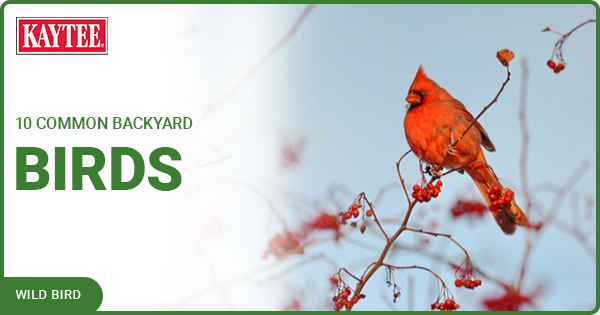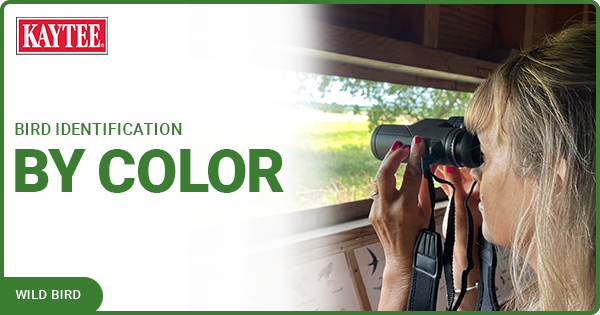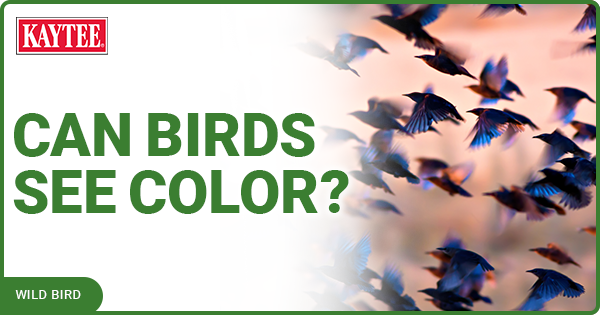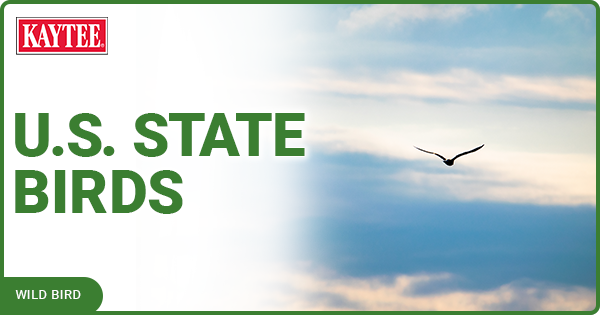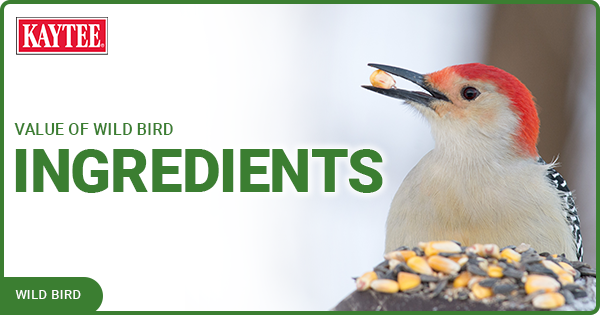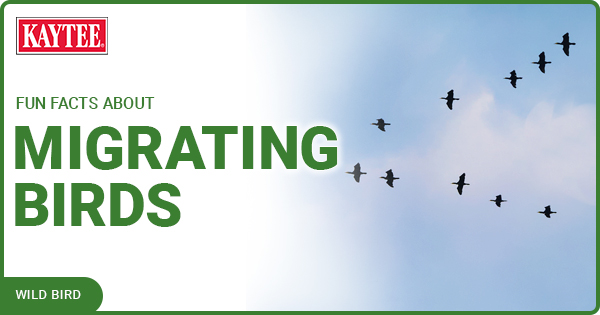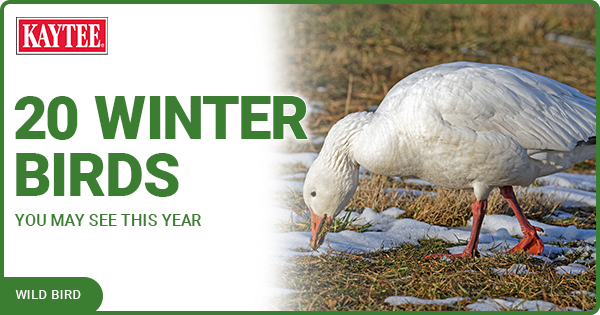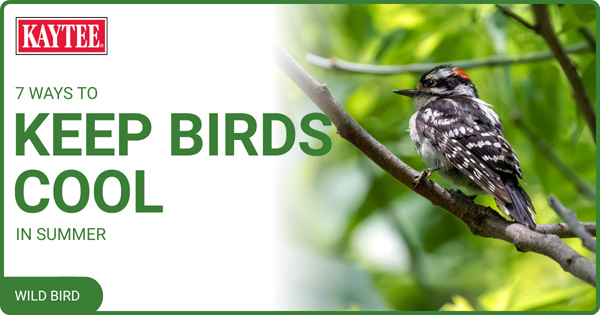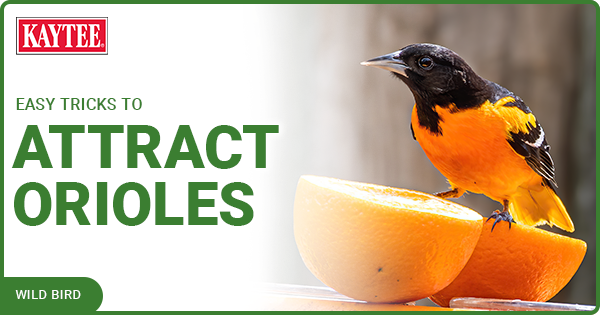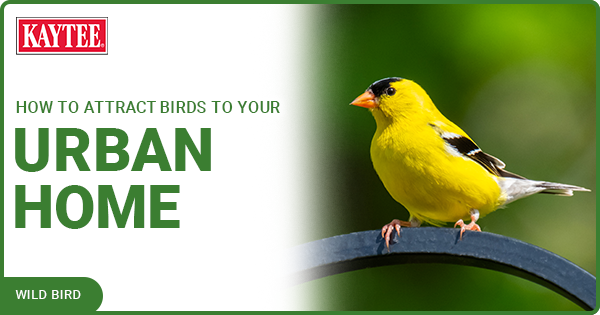What Do Birds Eat In Spring?
Spring is a busy season for wild birds as they migrate, claim territory, attract mates, build nests and nurture chicks. But what do birds eat in spring to get enough energy and nutrition for all this activity? A wide variety of foods — from plant buds, nectar, and insects to mollusk shells, and seeds — are all on the spring menu. A bird's exact diet depends on the species, where it's located, andwhat food is easiest to find. Understanding a bird's nutritional needs in spring can help every backyard birder offer the best options at their feeders to nourish spring birds.
Backyard Birds' Diets Change From Winter to Spring
During the winter, birds need plenty of fat, carbohydrates and calories to provide enough energy to stay warm when temperatures drop. Suet, nuts and grains are ideal winter foods and adding sunflower seed, Nyjer and peanuts to winter feeders are sure to give wild birds a nutritious energy boost.
However, in spring, new natural foods start to appear as insects hatch, grubs become active, plant buds swell and flowers bloom. Birds will take advantage of these new food sources throughout the spring to fuel their seasonal activities.
What Migrating Birds Eat
As birds migrate, they need fast energy to sustain flight. The same winter foods high in fat and calories that keep birds warm also provide energy for migrating in the spring. Sugary foods, however, also provide easy-to-digest energy, and birds will sip at the nectar in early flowers or nibble swollen buds or berries as they migrate.
Similarly, the fat from small caterpillars in spring can also be a fast energy source for migrating birds and local residents looking for fresh spring food sources.
To provide migrating birds with good energy in the yard, put out a nectar feeder early in spring to tempt hummingbirds and orioles. Fresh fruit, such as orange halves, will also be a welcome treat for migrating orioles and tanagers. Smaller fruits, such as grape halves, can easily be added to a tray or dish feeder for thrushes and thrashers.
What Nesting Birds Eat
Later in spring, birds build nests and begin to lay eggs. Good protein sources are essential to keep muscles strong and to help birds lay healthy eggs. Abundant calcium is also necessary for strong eggshells that can withstand stresses in the nest, such as being moved and turned about. Birds get this necessary nutrition from eating plenty of spring insects, which have calcium in their exoskeletons. Small snails are also a calcium-rich snack, and birds will gobble up the shells for that extra calcium.
At the same time, nuts and fruit continue to be good spring foods, providing healthy doses of energy and protein for hungry nesting birds.
Adding peanuts to a feeder will ensure that spring birds have plenty of protein, as will either live or roasted mealworms. Birdseed mixes specially formulated for spring often have mealworms in the mix and may also be enriched with calcium to support the nutritional needs of nesting birds. Chicken eggshells can be lightly toasted (to kill off any bacteria) and crushed to sprinkle over the ground or add to a birdseed mix for even more calcium.
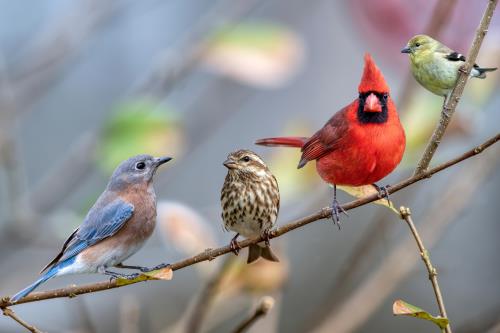
What Baby Birds Eat
Even the very youngest baby birds eat the same spring foods as their parents. Baby birds require a very specialized diet, rich in protein for healthy growth and developing muscles and feathers. Parent birds provide this by feeding them live small caterpillars.
Abundant insects are essential to nourish baby birds, and high-protein foods such as nuts, peanut butter, and suet will also help meet the nutritional needs of the parents. Mealworms or mealworm-enriched seed is a great option as well, and sunflower seed is a good overall choice for well-rounded nutrition. Overall, the best diet to provide baby birds in the yard is a highly varied menu so parent birds are properly nourished, and they will pass that healthy diet on to their chicks.
Tips for Feeding Birds in Spring
Regardless of the natural foods available or what is in the feeders, it is essential to refill feeders frequently in spring so birds can rely on the food source. This is especially critical when spring weather can be unpredictable, and a late snowstorm can quickly bury natural foods.
Feeders should be kept clean to avoid contamination from feces, mold or spoiled food. Clean feeders weekly with a mild bleach solution and allow them to dry thoroughly before refilling.
In addition to food, provide a fresh, clean water source for spring birds. A heated bird bath is ideal in early spring when overnight temperatures can still dip below freezing. The water will also help attract more birds to the yard, so they can quickly discover the spring buffet and be more likely to stay nearby throughout the season and into the summer.
--
Resources:
Celebrate Urban Birds — What Do Birds Eat?
BirdWatching — Spring Bird Feeding: Helping Birds During a Critical Time
PetKeen — What Do Baby Birds Eat?
.png?h=315&iar=0&w=600&hash=9C09A701CB4D5CF9B2C5B7FA2DA01F2E)
